Critical condition due to eating poisonous sea fish like puffer fish
On June 10, People's Hospital 115 (HCMC) announced that doctors from the General Emergency Department and the Intensive Care and Anti-Poison Department of this unit successfully treated a rare case of severe poisoning due to eating sea urchin.
A 52-year-old male patient was transferred from a lower level in a state of severe respiratory failure, hypoxemia, generalized muscle weakness, and SpO2 of only 30%.
Before that, the patient had prepared and eaten a sea urchin he had caught in Can Gio. About 30 minutes later, he began to have symptoms of mouth numbness, jaw stiffness, tongue numbness, and progressive weakness in his limbs, which quickly progressed to respiratory failure.
Male patient hospitalized in critical condition after mistakenly eating sea urchin (Illustration: Unsplash).
At the local hospital, the patient was diagnosed with tetrodotoxin poisoning due to eating a sea urchin, a species that resembles a horse crab but contains extremely dangerous toxins.
According to Dr. Nguyen Huu Tin, People's Hospital 115, tetrodotoxin is an extremely strong neurotoxin found in some marine creatures such as puffer fish, sea urchins, blue-ringed octopuses...
Tetrodotoxin has no specific antidote, even a small amount can cause respiratory muscle paralysis, leading to respiratory arrest and death if not treated promptly.
What is particularly dangerous is that this toxin is not destroyed by heat. So even after cooking, the risk of poisoning remains intact.
After being admitted to the hospital, the patient was quickly intubated, put on a ventilator, and transferred immediately to the Intensive Care and Anti-Poison Department.
Recognizing that this was a severe poisoning case and that there was no specific antidote, doctors applied continuous hemofiltration to increase effectiveness with substances with high distribution volumes such as tetrodotoxin.
After 2 days of intensive treatment, the patient recovered respiratory muscle strength, had the endotracheal tube safely removed, and was discharged a few days later in a completely stable condition.
Distinguish between sea cucumber and sea urchin
In Vietnam, sea cucumbers are often confused with sea horseshoe crabs, especially when bought at markets or caught off the coast. Eating the two animals together can have serious consequences, even death.
Three basic characteristics to distinguish between horseshoe crabs and sea urchins to avoid fatal poisoning (Photo: BV).
Specifically, sea cucumber is a popular seafood, often processed into attractive dishes with high nutritional content, containing lots of protein, omega-3, B vitamins and minerals beneficial to health.
Sea horseshoe crabs have triangular tails, with spines on the tail edge; about 30-40cm in size and often come in pairs.
Meanwhile, the sea urchin looks similar to a horse crab but contains Tetrodotoxin. This is an extremely powerful neurotoxin similar to pufferfish. Depending on the amount of toxin ingested and the body's condition, symptoms of poisoning can range from mild to severe, even life-threatening due to paralysis of the respiratory muscles.
The male has a round tail, no spikes; is about 20-25cm in size and usually travels alone.
Doctor Tin recommends that people who experience symptoms such as numbness in the lips, tongue, limbs, dizziness, nausea, muscle weakness, and difficulty breathing after eating a sea urchin (but may have mistaken it for a sea urchin) should go to the nearest medical facility for timely emergency care.
Victims should absolutely not self-treat at home, because the tetrodotoxin in the snake can cause muscle paralysis and dangerous respiratory failure.
In addition, people should absolutely not eat seafood of unknown origin, especially species that are easily confused such as horseshoe crabs and sea urchins; do not arbitrarily process or use strange fish, snails, or marine creatures.
Source: https://dantri.com.vn/suc-khoe/an-nham-so-bien-cuc-doc-nguoi-dan-ong-o-tphcm-suyt-mat-mang-20250610142128228.htm


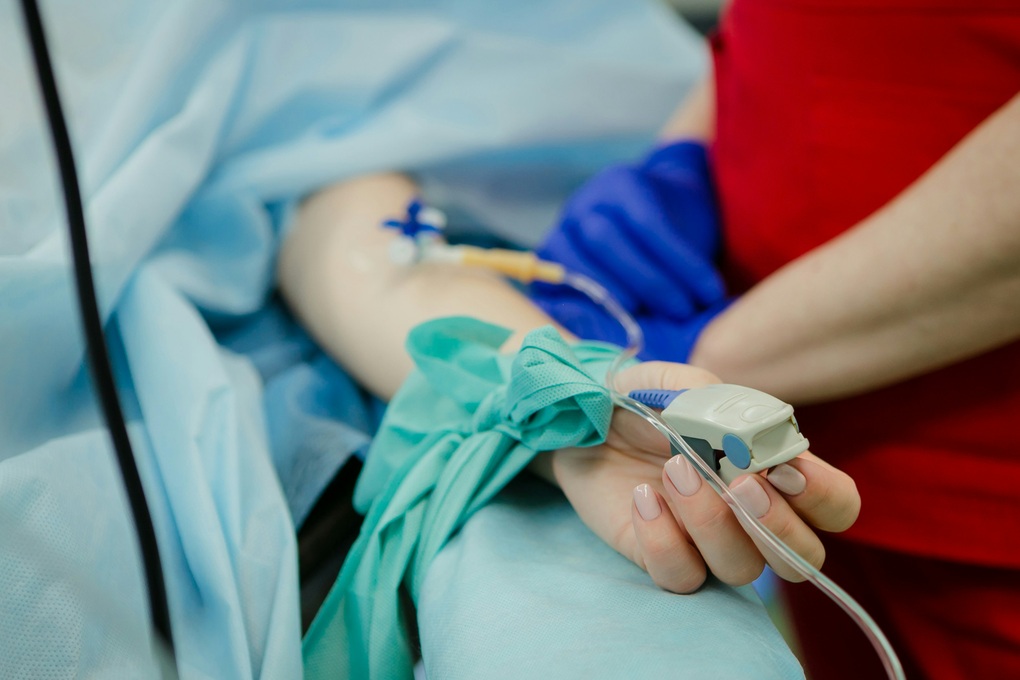
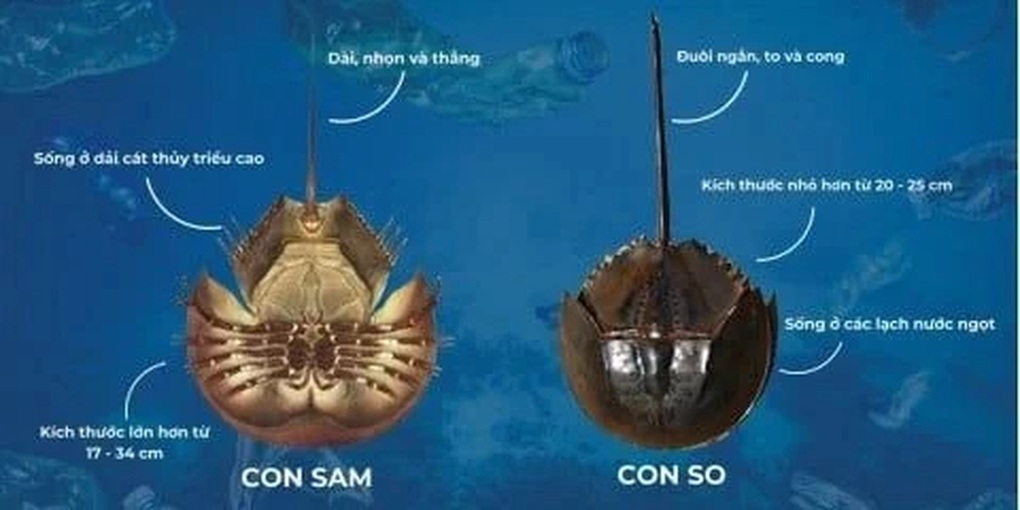

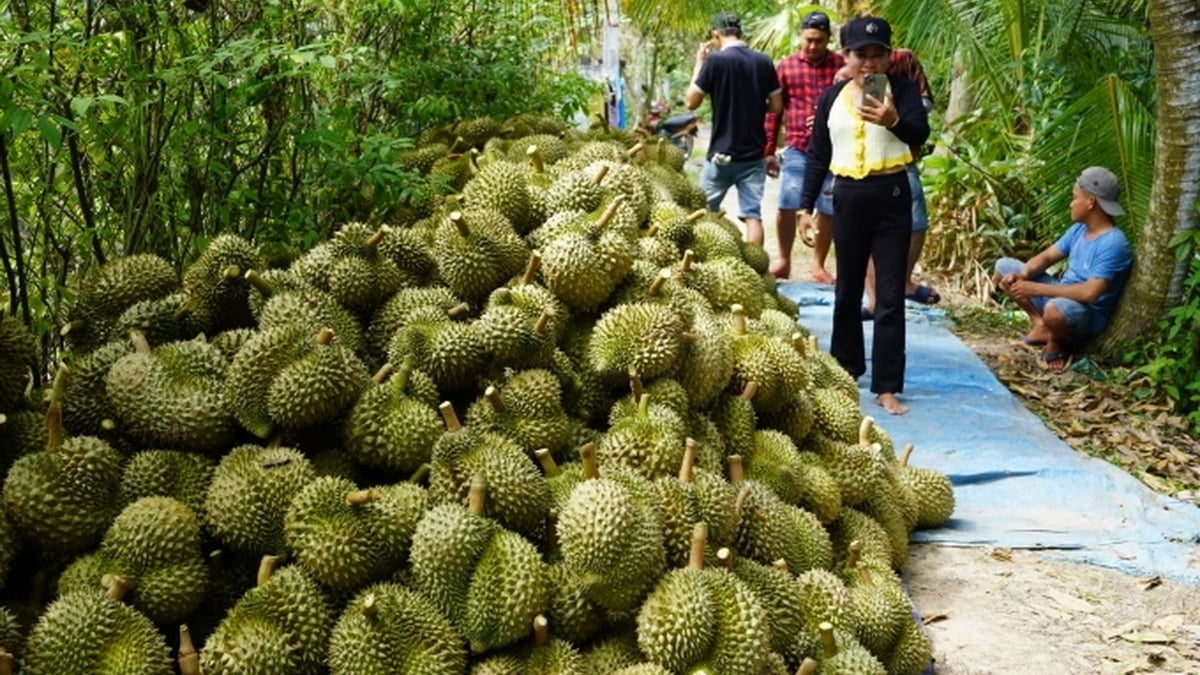

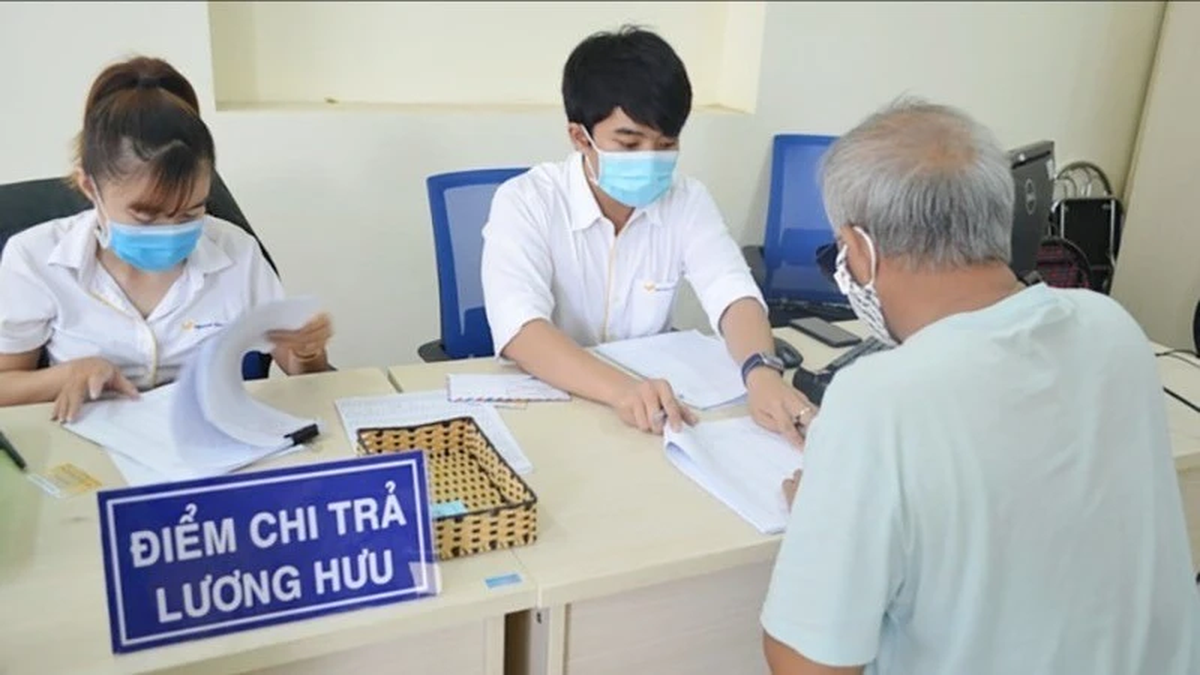



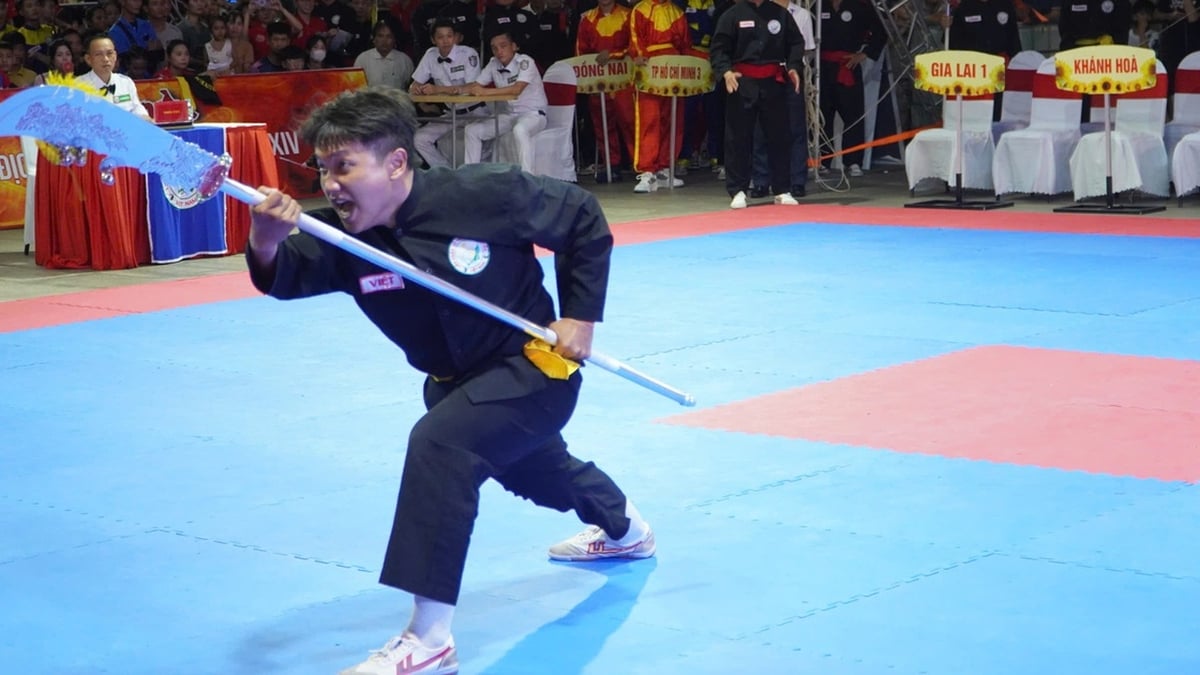












































![[Maritime News] Two Evergreen ships in a row: More than 50 containers fell into the sea](https://vphoto.vietnam.vn/thumb/402x226/vietnam/resource/IMAGE/2025/8/4/7c4aab5ced9d4b0e893092ffc2be8327)












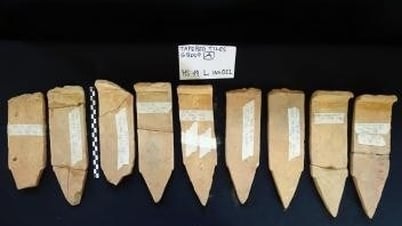






























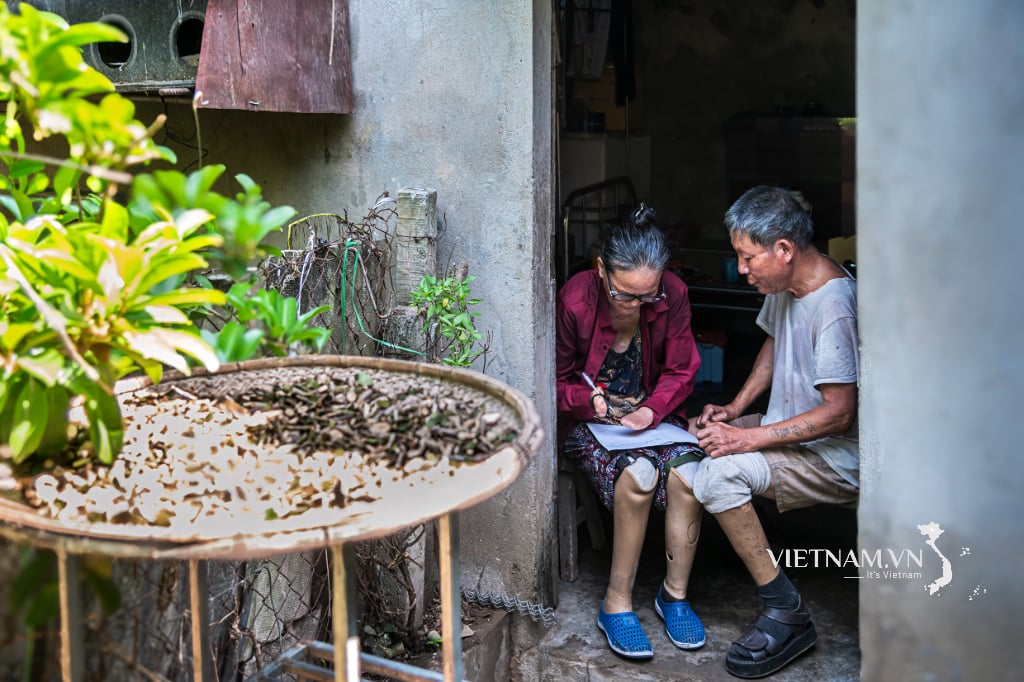
Comment (0)